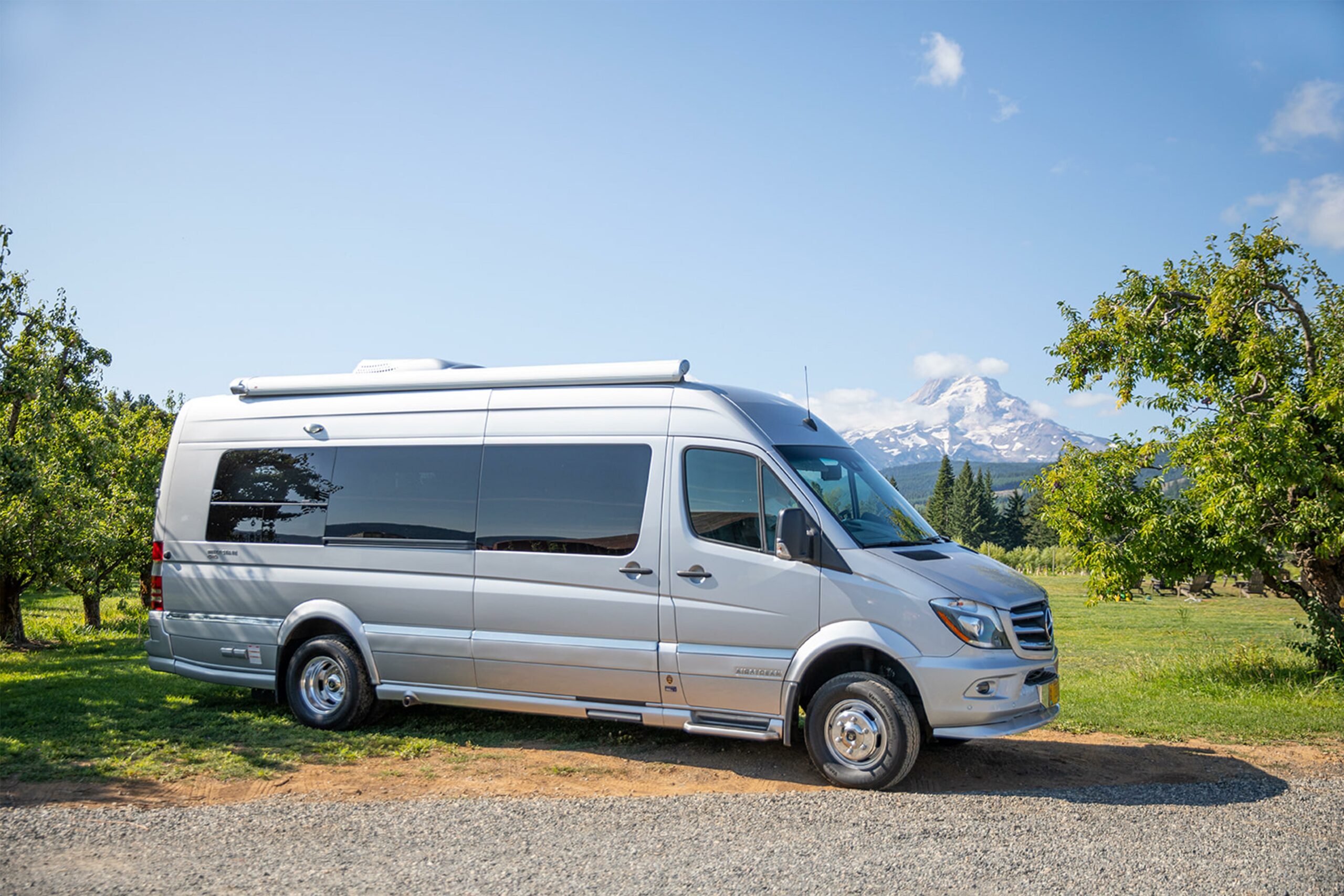Are you prepared for a nostalgic journey through time as we delve into the intriguing realm of van models that have existed over the years? Those who share my passion for automobiles should fasten their seatbelts and prepare to be engrossed in a voyage that will delve into the historical development of transportation. This article aims to explore the extensive historical background of van models, revealing the critical junctures that have influenced the contemporary automotive industry. By tracing the evolution of these adaptable vehicles from their earliest pioneers to the cutting-edge manufacturers of today, we shall investigate the profound impact they have had on the transportation of products, individuals, and concepts. Therefore, secure your seatbelt and prepare for an in-depth examination of the intriguing history of van models.

Van Models History
The history of van models contains a multitude of information that is yet to be uncovered. These vehicles, which have ranged from cargo vans to minivans, have significantly influenced the development of transportation. We shall delve into the captivating realm of van models and elucidate their influence on the contemporary transportation environment.
The Development of Van Models: A Chronological Tour
Throughout the course of several decades, a multitude of manufacturers have contributed to the development of this renowned vehicle-class van. The Volkswagen Transporter is among the most renowned vehicles in history. Having been sold in excess of 12 million units globally, this van has attained the status of an automotive icon. Since its establishment in 1950, numerous incarnations of this vehicle have observed the progression of van design and functionality. Truly a pioneer in the annals of van history!
Mercedes-Benz is another manufacturer that has a long history of producing exceptional vans. Since their inception in 1946 as the first urban delivery vehicle and up until the present-day iconic Mercedes-Benz Sprinter, these vans have experienced extraordinary changes. The Sprinter, which was the first motorized van to be introduced in 1896, has undergone significant development. Unsurprisingly, Mercedes-Benz has earned a reputation for delivering van models of the highest quality.
Vans in America: A Blend of the Past and the Present
Van history in the United States possesses a distinct character. The development of American vans was significantly impacted by the sedans introduced during the 1930s and 1950s, in addition to the compact vans that became prevalent during the 1960s. The Dodge Tradesman is a name that stands out in the annals of American van history. Tradesman vans, which were manufactured amidst the custom van trend of the 1970s, gained significant popularity due to their extensive customizability. These mobile vans provided aficionados with the opportunity to produce one-of-a-kind works of art, demonstrating their unique aesthetic and sensibility.
Special and Practical Features
Van models have historically been recognized for their versatility and practicality. A multitude of contemporary van models are equipped with alternative propulsion systems, including hybrid electric models, which serve to promote environmental sustainability. Additionally, certain vans have the capability to be converted into wheelchair-accessible vehicles, thereby enabling individuals with limited mobility to travel autonomously. Vans become not only modes of conveyance but also solutions to particular problems due to these characteristics.
The Beloved Volkswagen Bus: An Independent Culture
It is impossible to discuss van history without mentioning the VW Bus, which is also referred to as the Transporter. The VW Bus, which is adored by collectors and enthusiasts around the globe, has won the hearts of many. Due to its distinctive appearance and cultural import, it has become a symbol of liberty and exploration. Traveling by road in a Volkswagen Bus is comparable to traveling back in time; it transports us to a bygone era characterized by ease and care.
Arguments for and against Van Models
Like any other vehicle category, van models possess advantages and disadvantages. Let us examine the factors that contribute to the widespread appeal of these vans, in addition to the potential difficulties they may pose:
Pros:
Vans provide an exceptionally roomy interior, which renders them well-suited for trips, enterprises, and households.
Personalization: Vans offer an opportunity for owners to customize the vehicle according to their particular preferences and requirements.
Vans possess versatility by virtue of their ability to be configured into minivans, passenger vans, and cargo vans, thereby accommodating a variety of needs.
Cons:
Size and maneuverability: The increased dimensions of vans may render them challenging to park and maneuver.
Fuel efficiency may be comparatively lower in vans than in smaller vehicles as a result of their greater mass and dimensions.
Vans, particularly those equipped with sophisticated features and functionalities, may be priced more.
A Comprehensive Examination of the History of Van Models
In summary, the chronicle of van models represents an intriguing temporal progression. These automobiles, which range from the renowned VW Bus to the adaptable Mercedes-Benz Sprinter, have significantly influenced the current transportation landscape. Their distinctive qualities, adaptability, and evolution have rendered them indispensable components of our existence. Discover the backstories of these four-wheeled marvels by delving into the world of van models, whether you are a van enthusiast or simply inquisitive about the history of these vehicles.
“The evolution of societal demands and human ingenuity are exemplified throughout the history of van models.” Every van model symbolizes a distinct phase in the history of our transportation’s development.
Explore the intriguing trajectory of Vans, a renowned brand that has exerted a profound influence on the realms of street culture and skateboardinSincer more than five decades. Established in 1966 as a modest family-owned shoe enterprise in California, Vans has experienced meteoric growth on an international scale due to its renowned footwear and apparel. Their ardor for originality, authenticity, and creativity has earned them the admiration of musicians, athletes, and fashionistas. Explore the rich history of Vans and discover how they have become a symbol of self-expression and rebellious spirit. Dive deeper into the story of Vans here: Vans History
FAQ
Which model of van has achieved the most sales throughout history?
The Volkswagen Transporter, which has been sold in excess of 12 million units globally, currently retains the distinction of being the best-selling van in history.
Did American vans draw inspiration from any specific automobile models?
Yesrican vans were indeed impacted by the introduction of sedans in the 1930s and 1950s, in addition to the compact vans that emerged in the 1960s.
What was the fad for custom vans, and which van models were the most frequently modified?
The custom van mania denotes a time period characterized by the mass appeal of customized vans as a means of individual expression. Customization of Dodge vans, specifically the Tradesman vans introduced in the 1970s, gained significant traction during this period.
What is the duration of Mercedes-Benz’s van production?
Mercedes-Benz has a lengthy history of van production, having introduced its first urban delivery vehicle in 1946.
When did production of the Dodge Ram van begin, and what is its alternative designation?
Them 1971 to 2003, the Dodge Ram van, also known as the Dodge B-series, was manufactured.
- Unlock Elemental 2 Secrets: Actionable Insights Now - April 2, 2025
- Lot’s Wife’s Name: Unveiling the Mystery of Sodom’s Fall - April 2, 2025
- Photocell Sensors: A Complete Guide for Selection and Implementation - April 2, 2025
















